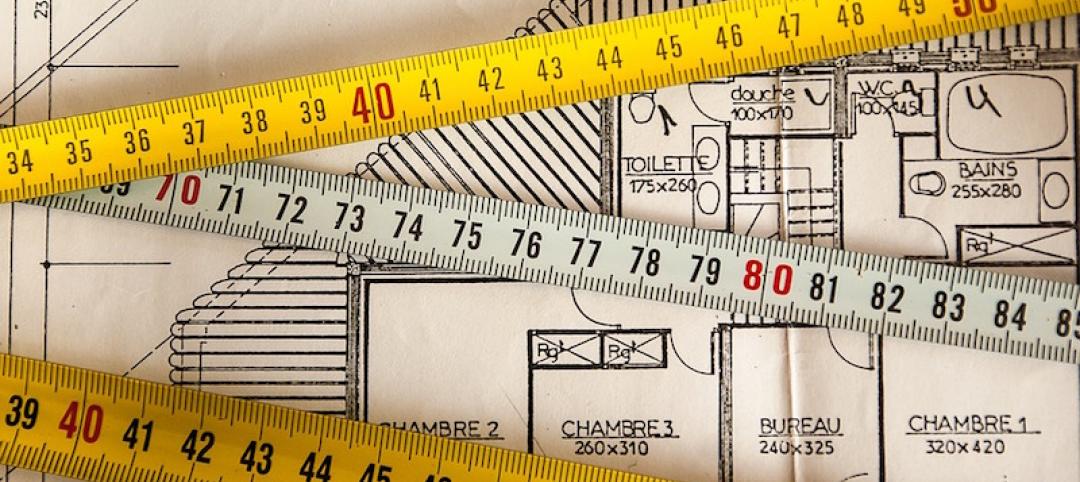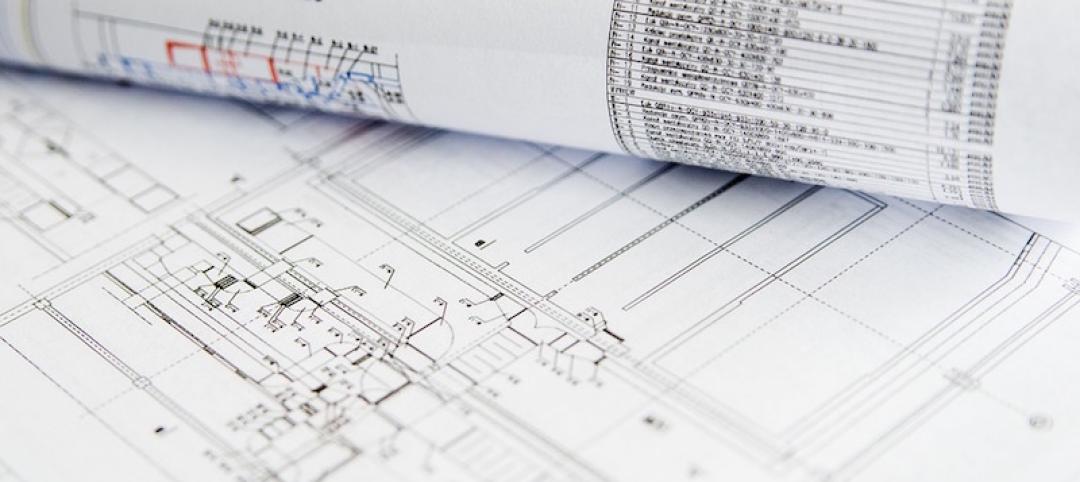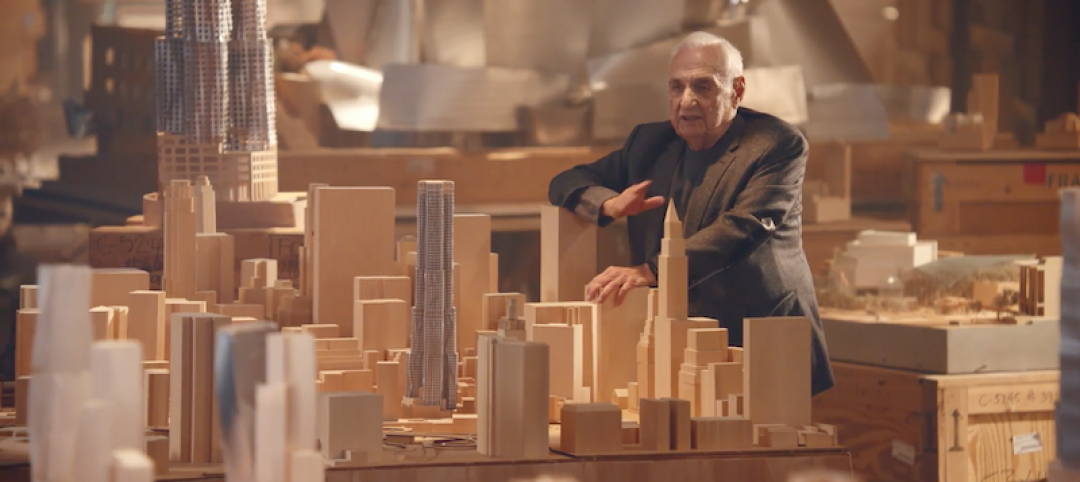In Raciborz, Poland, a new center for the donation, storage, and study of blood and blood-related diseases has a unique take on what a healthcare facility should be.
Designed by FAAB Architektura, the project's aesthetic was guided by its function. The color scheme, facade panel glossiness, and the irregularly elevated leitmotif were intentionally designed to evoke the "richness" of blood, according to the architects.
The physical geometry of the building also aims to illustrate a larger concept about the facility: the clash between biology and technology. Any rounded parts of the building are meant to represent biology, and the straight sections represent technology.
"The intentional vivid color scheme of the elevation, making the building visually suprising to the public, calls attention to the idea of the blood donation," the architects said in a press release. "Application of the glazed panels is inspired by the local Silesian building tradition, which is present in the historical building facades with the glazed bricks."
Three different shades of red were used to create irregularity on the exterior of all four levels of the facility. Ceramic pipes at the top level prevent overheating in the conference room and disguise the technological systems located at the roof level.
The Regional Blood Center, phase one of this project, contains storage rooms, a blood collecting unit, advanced medical laboratories, blood radiation laboratory, offices, and a conference center. The interior design goes hand-in-hand with the exterior design, using the same red-and-white color scheme.
Most rooms are lit naturally by two belts of windows, with the lower belts lighting up laboratory worktops on the outer walls and the upper belt, located just below the filings, allows light to penetrate to the remotest part of the rooms.
The blood center project is divided into three parts: the main Regional Blood Center building, a mobile blood center located on a bus, and Poland's first center for blood cancer diagnostics. Currently, only the first phase is complete.
Related Stories
Building Team | Mar 6, 2017
AEC firms: Your website is one of the most important things you'll build
Don’t believe it? You’d better take a look at the research.
Architects | Mar 3, 2017
Hoffmann Architects’ Leadership Elected President of Three Industry Organizations
Maureen Dobbins, Lawrence Keenan, and Arthur Sanders to lead chapters of BOMA, AIA, and ICRI.
Office Buildings | Mar 2, 2017
White paper from Perkins Eastman and Three H examines how design can inform employee productivity and wellbeing
This paper is the first in a planned three-part series of studies on the evolution of diverse office environments and how the contemporary activity-based workplace (ABW) can be uniquely tailored to support a range of employee personalities, tasks and work modes.
Building Team | Mar 1, 2017
Intuitive wayfinding: An alternate approach to signage
Intuitive wayfinding is much like navigating via waypoints—moving from point to point to point.
Architects | Mar 1, 2017
Rafael Aranda, Carme Pigem and Ramon Vilalta receive the 2017 Pritzker Architecture Prize
2017 marks the first time that three architects together are honored with the prize.
Architects | Feb 27, 2017
AIA selects four individuals to receive the 2017 Associates Award
The AIA Associates Award is given to individual Associate AIA members to recognize outstanding leaders and creative thinkers for significant contributions to their communities and the architecture profession.
Architects | Feb 24, 2017
14 architects selected to receive the 2017 Young Architects Award
Young Architects are defined as professionals who have been licensed 10 years or fewer regardless of their age.
Architects | Feb 20, 2017
Take an architecture class taught by Frank Gehry
The starchitect will be teaching a course for MasterClass, an online education platform.
Architects | Feb 16, 2017
16 design trends from Gensler’s 2017 Design Forecast
Gensler examines how design will shape the human experience in the next year and beyond.
Architects | Feb 14, 2017
NCARB streamlines path to certification for architects
Architects without a degree from an accredited program can pursue NCARB certification through a new path.






















